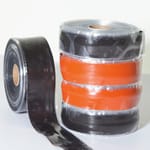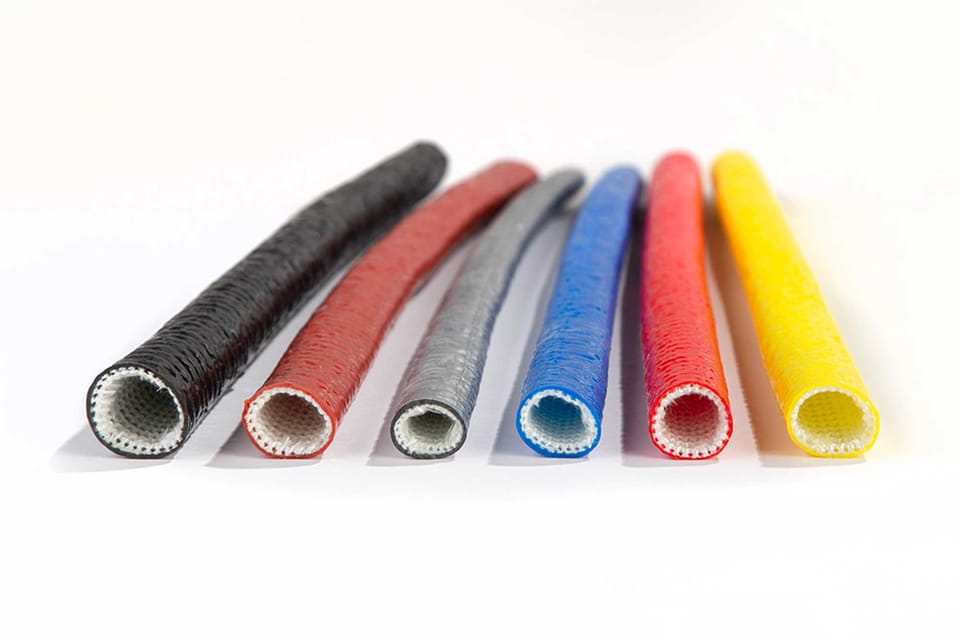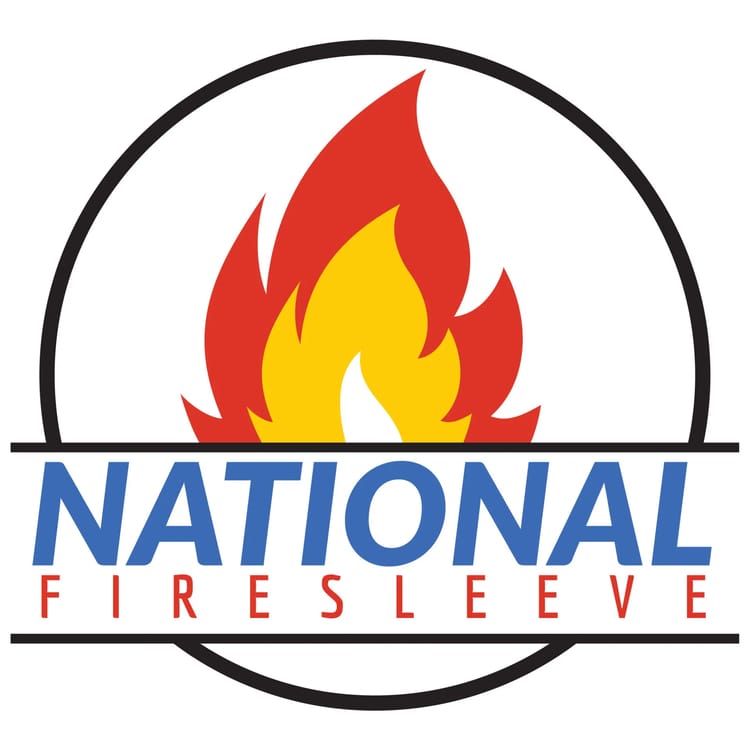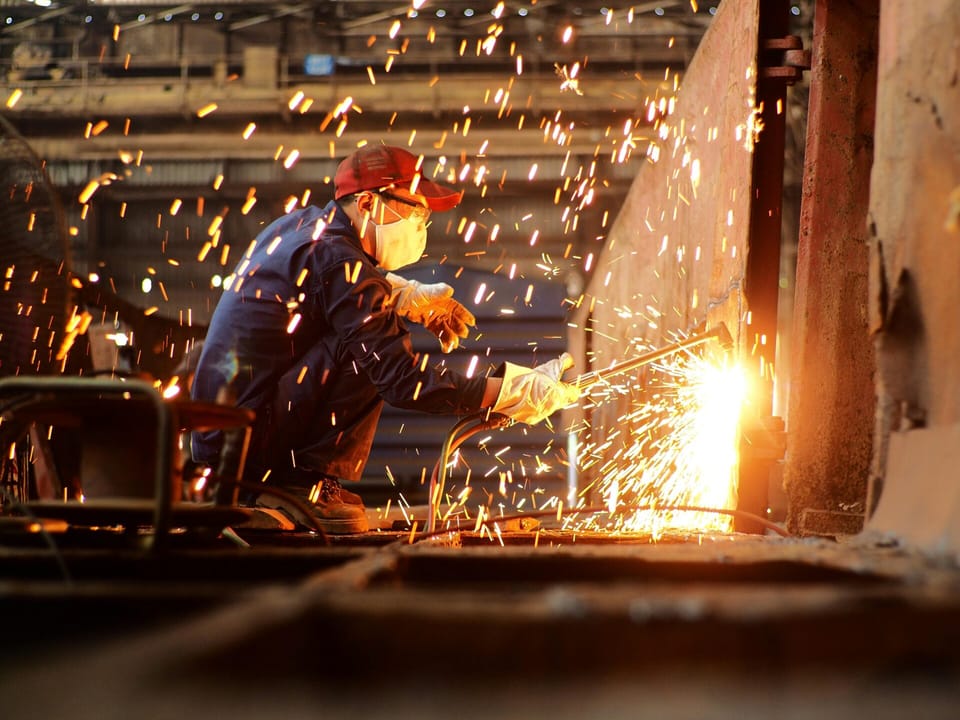Vessel fires are a major concern for the shipping industry, both here in the US and worldwide. A fire on board can cause significant losses, including total loss of the vessel. Marine fires can also cause reputational damage to companies, especially in the cruise sector, as well as environmental damage from fuel leaks and cargo.
More importantly, marine fires cost lives, with HIS Markit statistics showing that over a hundred seamen died on average every year from 2015 to 2019, with an even larger number registered as missing.
How common are fires at sea?
Allianz Safety and Shipping Review 2024 shows that there were 205 shipping fires reported worldwide in 2023 alone, with 55 ships lost to fire over the previous five years. That equates to more than one reportable marine fire every two days. Fires aboard ships account for 18% of all maritime insurance claims. The report states that: “Fires remain a key safety issue on larger vessels given the potential threat to life, scale of the damage, and the fact associated costs can be severe”.
While some fires on cargo vessels are down to issues with the cargo, many are due to issues with the vessel itself, and in particular the engine room. Fires are also common on cruise ships with no cargo, other than their passengers. There were no fewer than 101 fires on cruise ships flying the US flag between 2005 and 2013.
Who carries the cost?
Under the Hague and Hague-Visby Rules, shipowners must prove due diligence to avoid liability for losses. This includes ensuring that there is an adequate safety management system in place. Failure to do so can result in a vessel being deemed unseaworthy and the owner being liable for all losses.
Such losses can be significant, with seatrade-maritime.com estimating that the total loss of a 200metre containership carrying 4000 vehicles can run to almost $1bn. This figure includes cargo losses, salvage costs and the environmental measures which will be inevitably needed.
How to protect your vessel
National Firesleeve can play a vital role in making your ship’s engine room safe from fire and other hazards. Firesleeves can be used to protect engines, generators, fuel lines and other equipment, preventing and suppressing fires and stopping them from spreading and causing the kind of costs to cargo, vessels and lives described above.
Firesleeve products can protect pipes, fuel lines, cables and hoses from both sustained high temperatures and occasional peaks. They can also protect adjacent equipment, and operators, from high temperature pipework.
Firesleeve can also provide essential protection for electrical systems, preventing the kind of arcs and short circuits that are responsible for so many fires in the cramped confines of a busy engine room.
More important than ever
As container ships become ever larger, and cargos become ever more dangerous, Firesleeve fire protection is more important than ever before. For example, the lithium-ion batteries in electric vehicles can keep a vessel ablaze for days, as happened with the Felicity Ace in 2022, where a 13day fire led to a total loss of the vessel and its 4000 vehicles in the Atlantic Ocean.
Of course, you don’t have to be operating a giant container vessel to benefit from National Firesleeve protection. Our high-performance sleeves can be manufactured to any length and specification, providing the same level of protection to smaller domestic vessels as they do to vast ocean-going container ships.
From fishing boats and ferries to coastal transporters and science vessels, the safety of your ship is as important to us as it is to you.
To find out more about how National Firesleeve can protect your marine engine room, click here, or contact our friendly team for more details and a personal quote.






